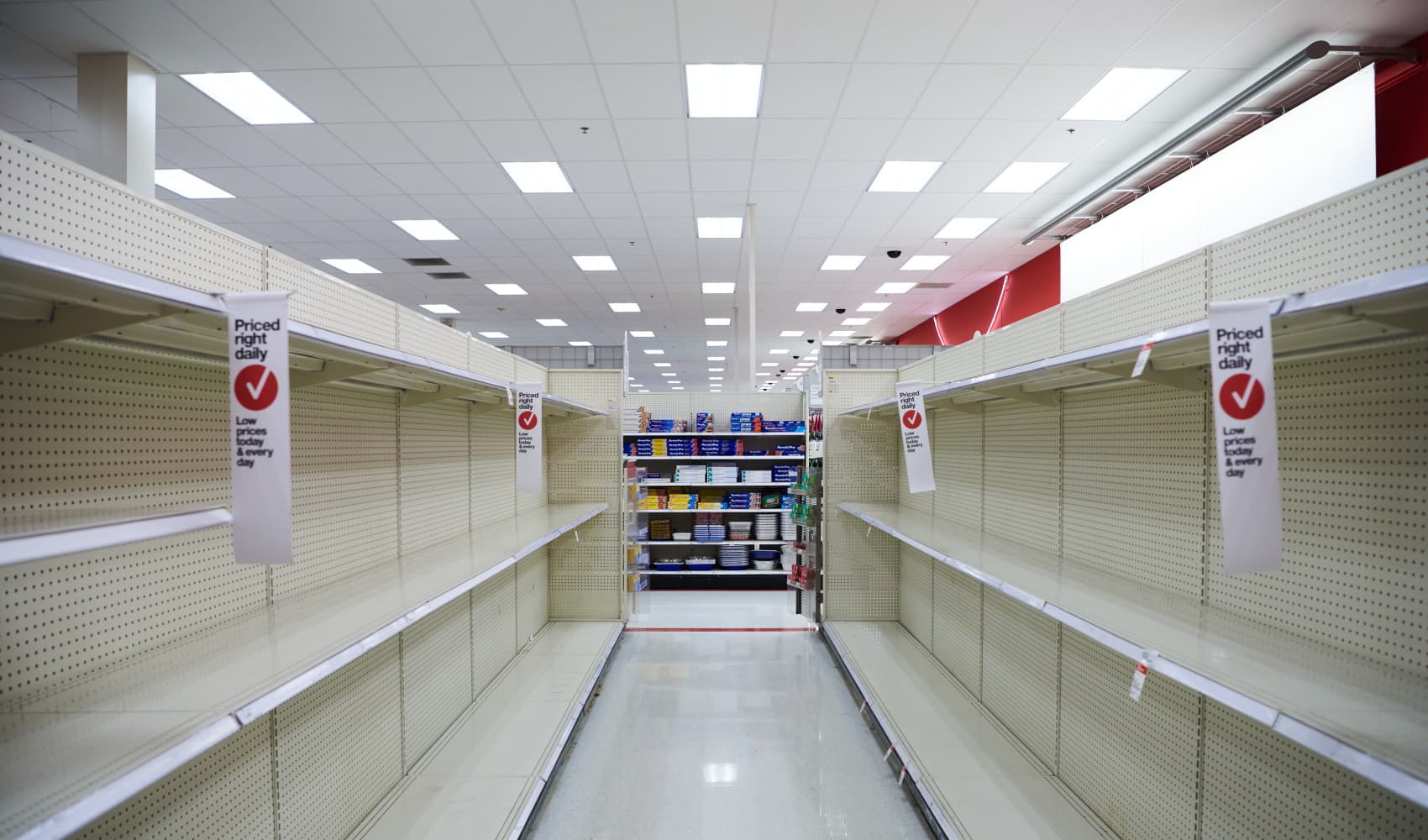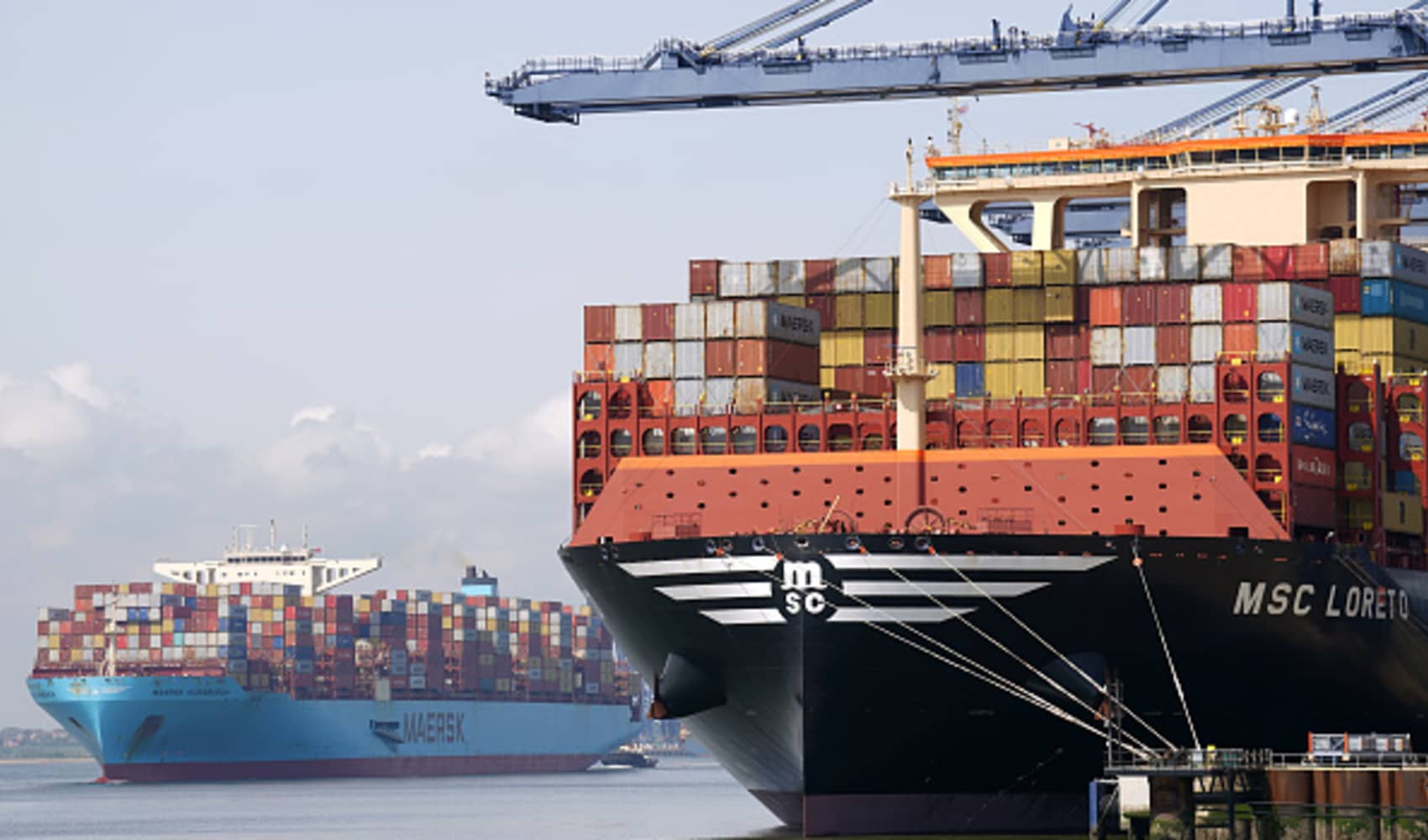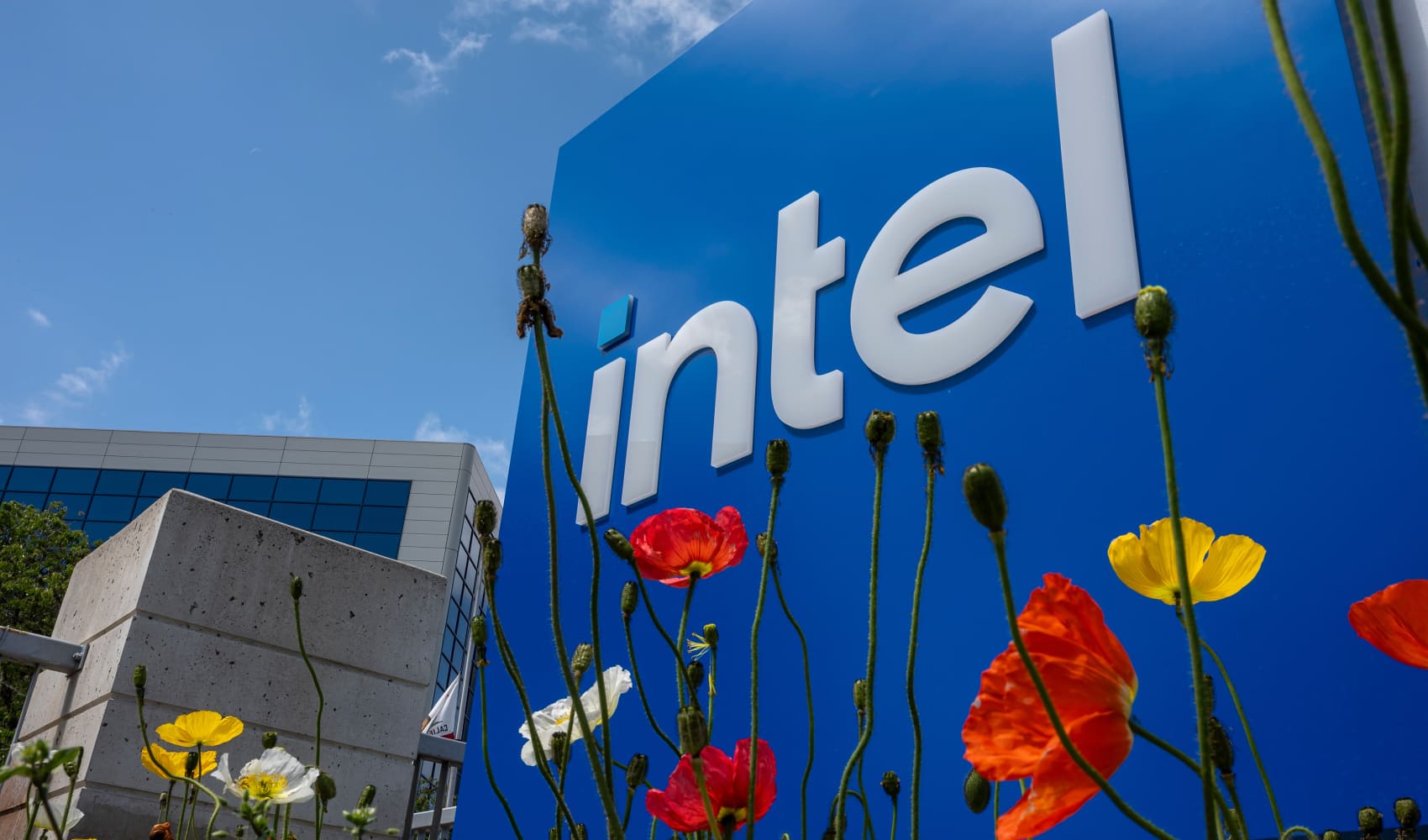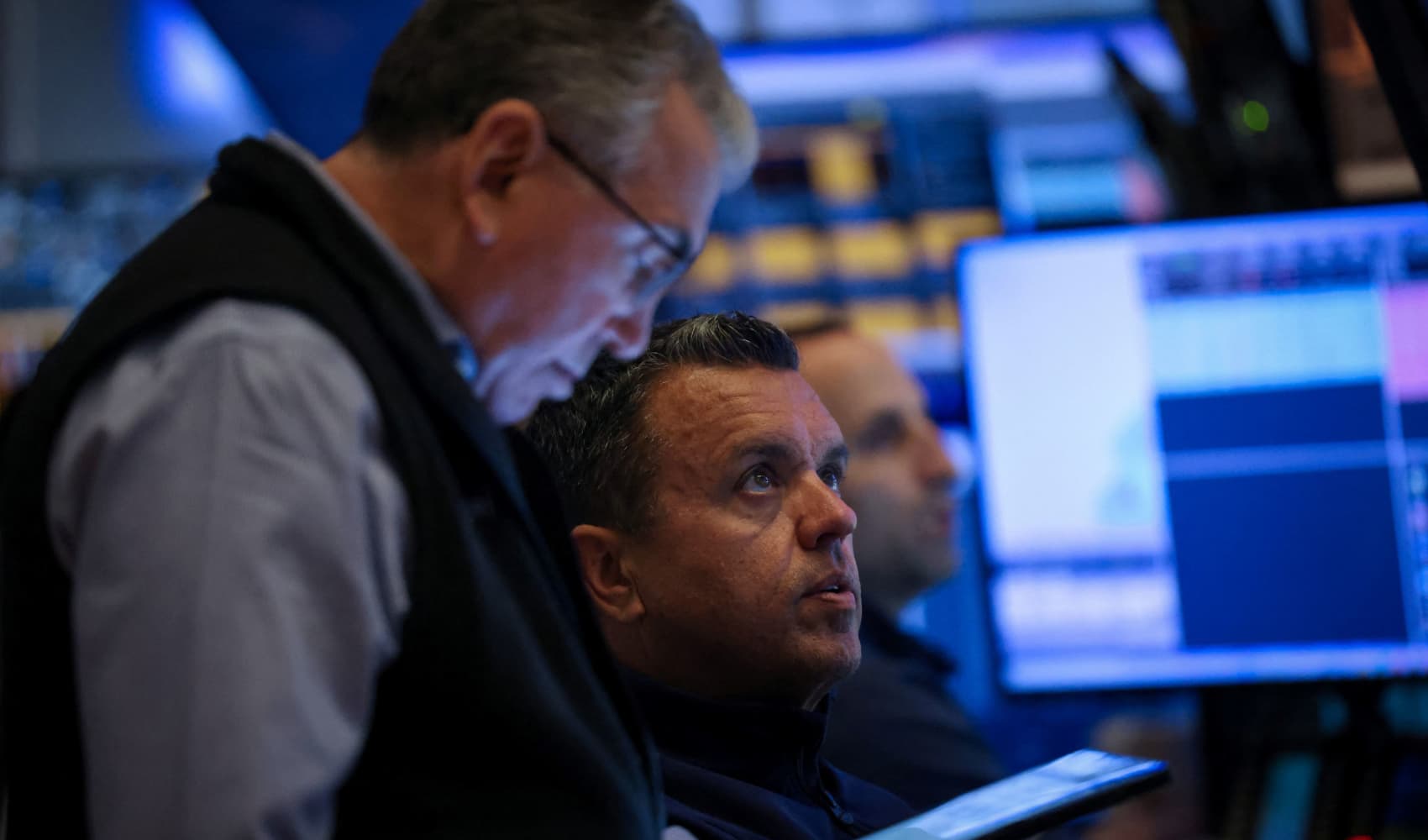American Liquor Exports: Tariffs Fuel Record Highs?
American Liquor Exports Soar to Record Highs in 2024: Thank Tariffs?
A Toast to Trade… and Tariffs? The State of US Liquor Exports
Hold on to your cocktail glasses, folks! The American liquor industry is riding a wave of unprecedented success, with exports reaching a record-breaking $2.4 billion in 2024. That's a 10% jump from the previous year, a reason to celebrate, right? Well, the story behind the surge is a bit more complex than a simple "cheers." Could it be that those pesky tariffs are actually playing a part in this surprising boom? Let's dive into the details and see what's shaking.
The Numbers Don't Lie: A Record-Breaking Year
First things first, let's acknowledge the impressive feat. U.S. spirits exports reached a record $2.4 billion, up 10% compared with 2023. That's a serious chunk of change and a testament to the quality and popularity of American-made spirits. But where is all this liquor going? And why now?
The EU's Thirst: A Tariff-Fueled Frenzy
The biggest driver of this export surge? The European Union, surprisingly. Exports to the European Union increased 39%, driven in large part by uncertainty around tariffs. You might be scratching your head, wondering how tariffs can actually *increase* exports. Well, it's all about anticipating future costs.
The Pre-emptive Stockpile: A Game of Tariff Chicken
Imagine you're a European distributor of American bourbon. You know that tariffs are looming, threatening to significantly increase the price of your favorite Kentucky nectar. What do you do? You stock up, of course! This "pre-emptive stockpile" effect is a significant factor in the EU's increased demand. Businesses are rushing to buy American liquor before the tariff hammer falls, essentially creating an artificial spike in exports.
The Global Chill: Not All Markets Are Booming
While the EU is experiencing a whiskey-fueled frenzy, the rest of the world isn't quite as thirsty. Exports to the rest of the world declined by nearly 10%, reflecting a softening of the global spirits market. This suggests that the tariff-related surge in the EU is masking a broader trend of slower growth in other regions.
A Tale of Two Markets: EU vs. The World
Think of it like this: the EU is having a tariff-induced party, while the rest of the world is nursing a bit of a hangover. This divergence highlights the complex interplay of trade policies and global economic trends. It's not simply a matter of American liquor being universally more popular; it's about specific market conditions and the anticipation of future trade barriers.
Whiskey Business: The Dominance of American Spirits
It's no secret that American whiskey, particularly bourbon and Tennessee whiskey, are major players in the global spirits market. Their unique flavors and rich history have made them incredibly popular with consumers worldwide. The demand for authentic American spirits continues to grow, solidifying their position as a key export category.
Bourbon's Global Empire: A Sip of American Heritage
Bourbon isn't just a drink; it's a symbol of American heritage. Its production is deeply rooted in tradition, and its distinct character reflects the unique terroir of Kentucky and Tennessee. This authenticity resonates with consumers who are looking for more than just a buzz; they're seeking an experience.
Beyond Whiskey: A Diverse Export Portfolio
While whiskey is the star of the show, it's important to remember that the U.S. exports a wide range of other spirits, including vodka, gin, and rum. This diverse portfolio helps to insulate the industry from fluctuations in demand for any single category.
Craft Spirits Rising: A New Wave of Flavor
The rise of craft distilleries has added another layer of complexity to the American spirits export market. These smaller, independent producers are experimenting with unique ingredients and innovative techniques, creating a new wave of flavorful and exciting spirits that are capturing the attention of international consumers.
The Tariff Tango: A Dance of Uncertainty
Tariffs are like a complicated dance, with each step potentially impacting the rhythm of trade. The uncertainty surrounding these trade barriers creates both opportunities and challenges for the American liquor industry. Navigating this complex landscape requires careful planning and a proactive approach.
Long-Term Impacts: More Than Just a Short-Term Spike
The big question is: what happens when the pre-emptive stockpiling ends? Will demand in the EU plummet? Will other markets pick up the slack? The long-term impacts of tariffs on American liquor exports remain to be seen. It's crucial for the industry to diversify its markets and focus on building sustainable growth beyond tariff-related fluctuations.
The Power of Branding: Selling the American Dream
American liquor exports aren't just about selling alcohol; they're about selling a piece of the American dream. The branding and marketing of American spirits often emphasize themes of freedom, innovation, and adventure. This resonates with consumers who are looking for a taste of something authentic and exciting.
From Kentucky to Kyoto: The Allure of American Mystique
The allure of American culture extends far beyond its borders. Whether it's the rugged landscapes of the Wild West or the vibrant energy of New York City, American imagery and storytelling play a powerful role in shaping consumer perceptions of American spirits. This "mystique" helps to differentiate American brands from their competitors.
The Future of Exports: Navigating the Global Landscape
The future of American liquor exports depends on a number of factors, including global economic conditions, trade policies, and consumer preferences. By focusing on quality, innovation, and strategic marketing, the industry can position itself for continued success in the years to come.
Adapt or Perish: The Key to Long-Term Success
In today's rapidly changing global market, adaptability is key. American liquor producers must be willing to embrace new technologies, explore emerging markets, and respond to evolving consumer tastes. The ability to adapt and innovate will be crucial for maintaining a competitive edge and ensuring long-term growth.
Conclusion: A Toast to the Future, With a Cautious Sip
So, what's the takeaway from this deep dive into American liquor exports? 2024 was a banner year, driven in part by the anticipation of tariffs in the EU. While this surge is undoubtedly positive, it's important to recognize the underlying trends and potential risks. The industry must focus on diversifying its markets, maintaining its commitment to quality, and adapting to the ever-changing global landscape. Cheers to the future, but let's raise our glasses with a cautious optimism!
Frequently Asked Questions
Here are some frequently asked questions about the American liquor export market:
What are the main factors driving the increase in American liquor exports?
The primary driver in 2024 was a significant increase in exports to the European Union, likely fueled by distributors stockpiling liquor in anticipation of potential tariffs. A strong American dollar can also influence export pricing.
Which types of American liquor are most popular in export markets?
American whiskey, particularly bourbon and Tennessee whiskey, are the most popular export categories. Vodka, gin, and rum also contribute to overall export volume, offering a broader range.
How do tariffs affect American liquor exports?
Tariffs can have a complex and sometimes counterintuitive effect. In the short term, the anticipation of tariffs can lead to increased exports as distributors stockpile products. However, in the long term, tariffs can make American liquor more expensive and less competitive, potentially reducing demand.
What regions outside of the EU are key markets for American liquor exports?
While the EU saw a significant surge, key markets beyond Europe include Canada, Japan, and Australia. Growth in emerging markets like India and South America presents future opportunities, but those markets are currently softening.
What can American liquor producers do to ensure continued export success?
To ensure continued success, American liquor producers should focus on maintaining high-quality standards, diversifying their export markets to reduce reliance on any single region, investing in branding and marketing efforts to promote the unique appeal of American spirits, and adapting to changing consumer tastes and preferences.









